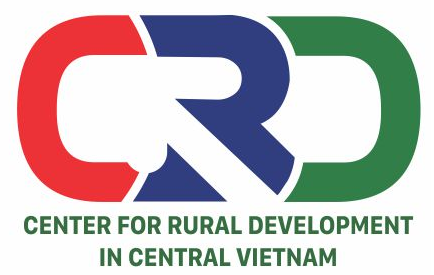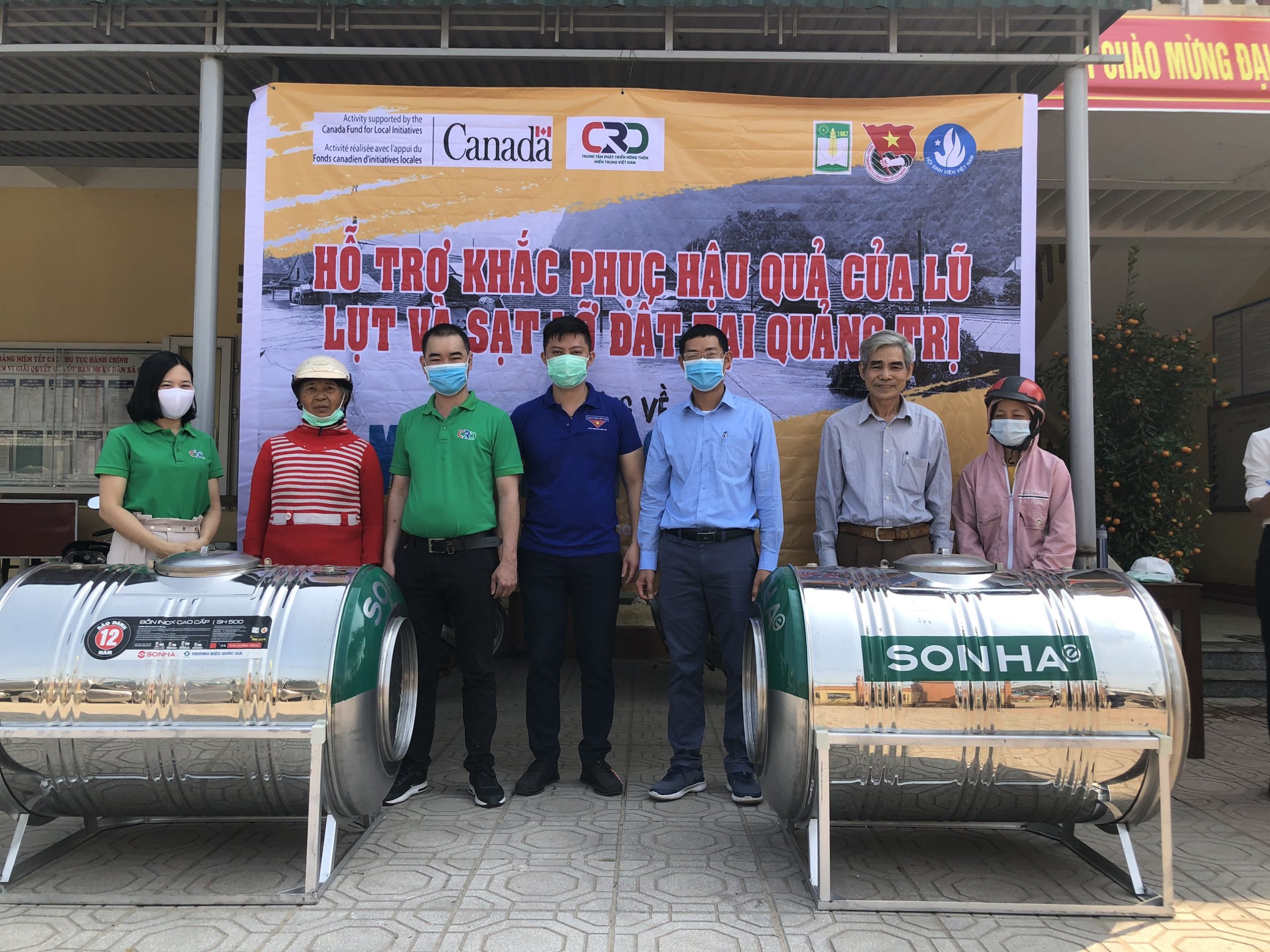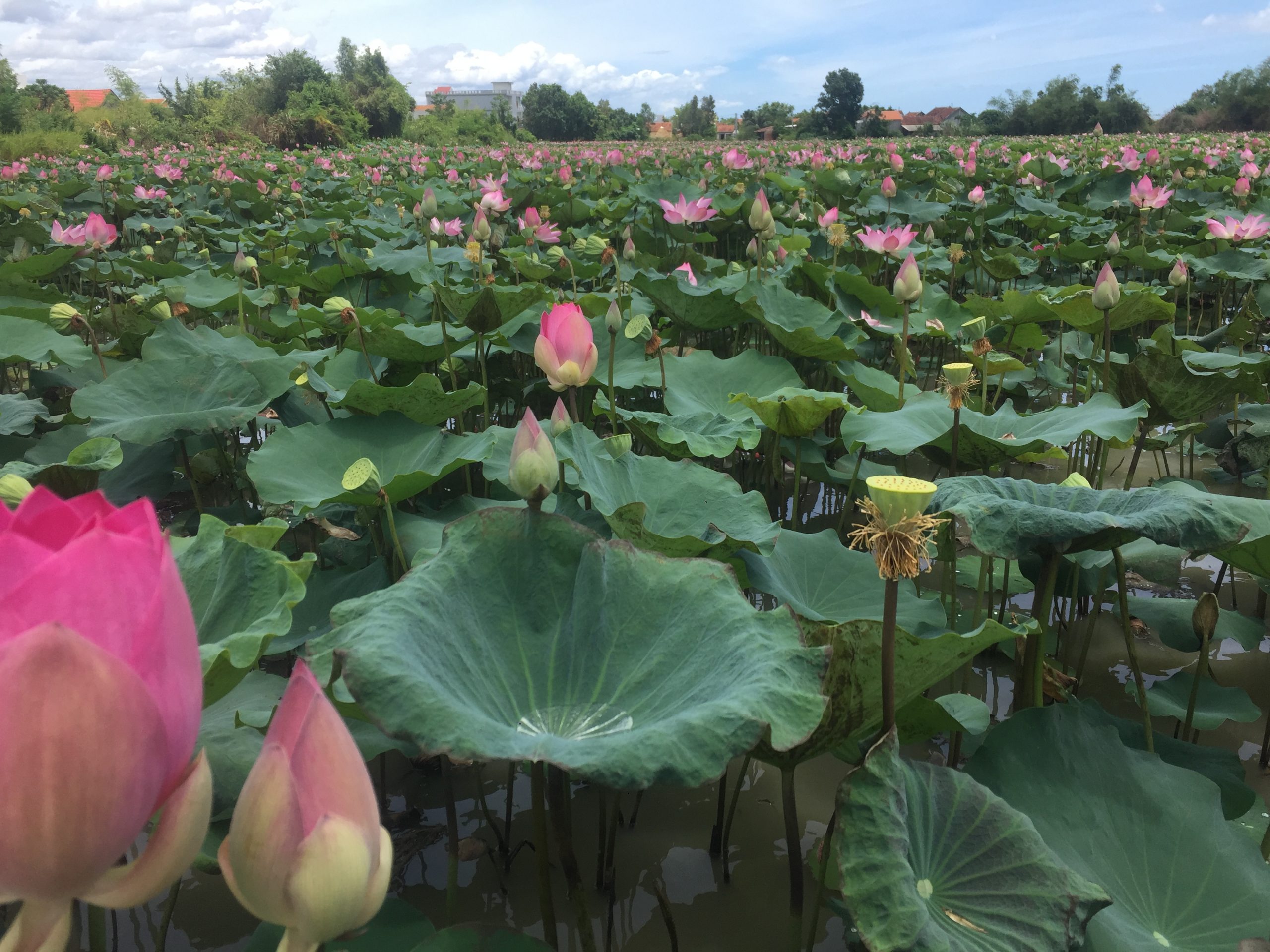Training course on veterinary work for hamlet and communal staffs in Ba To district, Quang Ngai province
Yesterday, on 17/02/2014, at Ba Dinh CPC, it took place veterinary training for trainees who were veterinary staffs of Ba Dinh, Ba Bich, Ba Xa and Ba To communes. This was one of the important activities of the project “Agriculture copes with climate change” that Plan International has implemented in Ba To district, Quang Ngai province.
This training was held in the framework of cooperation between Centre for Rural Development in Central Vietnam (consultant) and Plan International (sponsor). Objectives of the training were to strengthen, enhance and update veterinary knowledge for veterinary teams of 4 communes.
The training course divided into 2 sessions (6 days/session) for a total of 25 participants who were veterinary staffs of 4 communes. The training course was trained by 2 experienced trainers, MA. Nguyen Thi Thanh and MA. Vu Van Hai – Lecturers in the Faculty of Animal Husbandry-Veterinary Medicine, Hue University of Agriculture and Forestry.
Recording in the first day of the training course showed that participants were excited with the contents and training programs. Teaching method with participation was very suitable with level of trainees and helped them learn and review the veterinary knowledge advantageously. Contents of the first day mainly focused on issues such as input test, group discussion, practising on pasteurising instruments, method of casting cattle, how to infuse medicine, injection method and use of vaccines in veterinary work,… The participants evaluated that this course had many new content in comparison to the previous one. Mr. Pham Van Trui (Chief of veterinary station of Ba Xa commune) shared: “… this is a very useful training course for veterinary staffs like us. We were shared how to detect the disease, use of medicines and veterinary instruments, helped individually by trainers making trainees understand lessons faster …”
In the second day, the participants will have accessed to the contents relating to casting cattles, locating injection and practicing cattle castration.
The rest contents of the training course will be introduced in the next days.
We will continue to update information when the training course ends!
Some pictures in the training course:
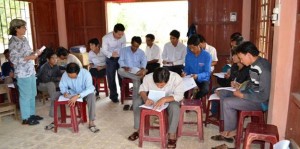
Picture 1: Testing the input quality of trainees.

Picture 2: Trainees discussed some issues on veterinary work at localities.
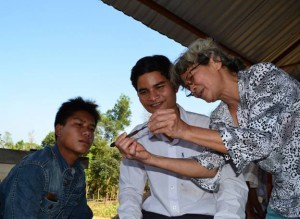
Picture 3: Trainer guided trainees how to use a thermometer and how to locate vaccination in pigs
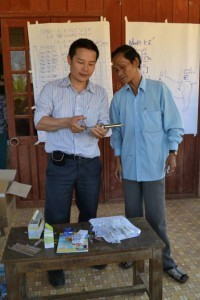
Picture 4: Trainer guided trainees to use a scalpel
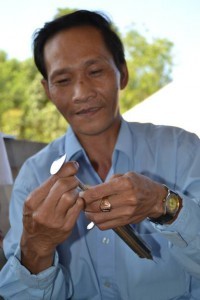
Picture 5: Trainer guided trainees to use an armored syringe.
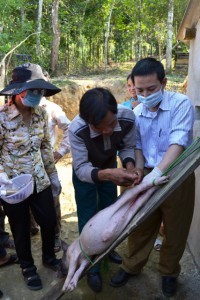
Picture 6: After guided, trainees practised actively on tools.
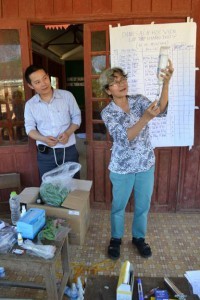
Picture 7: Trainer guided how to take drugs in the syringe (plastic).
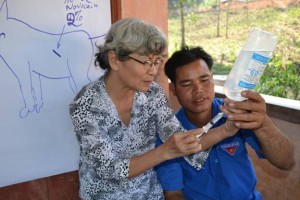
Picture 8: Trainer guided dedicatedly trainees.
Top of Form
